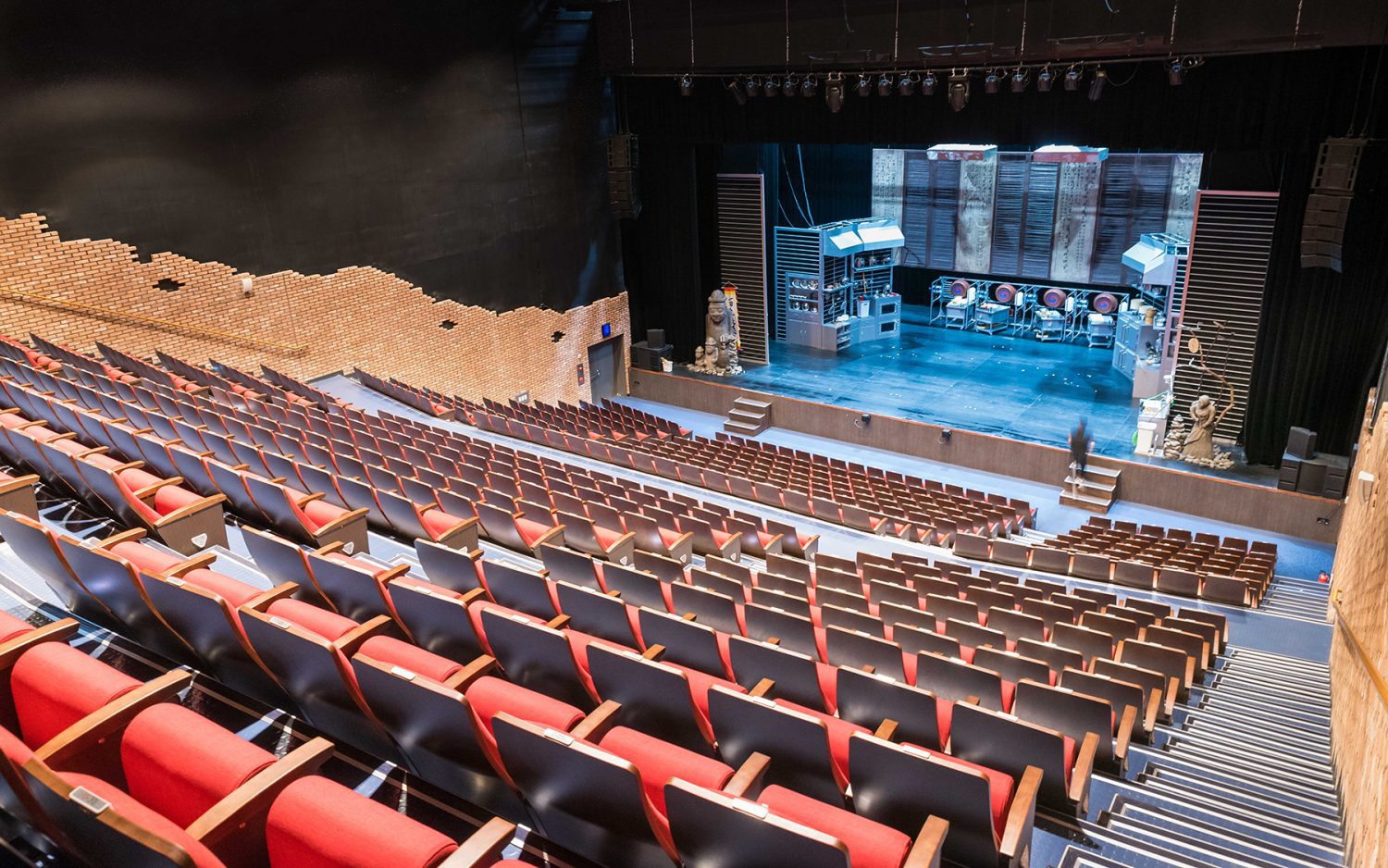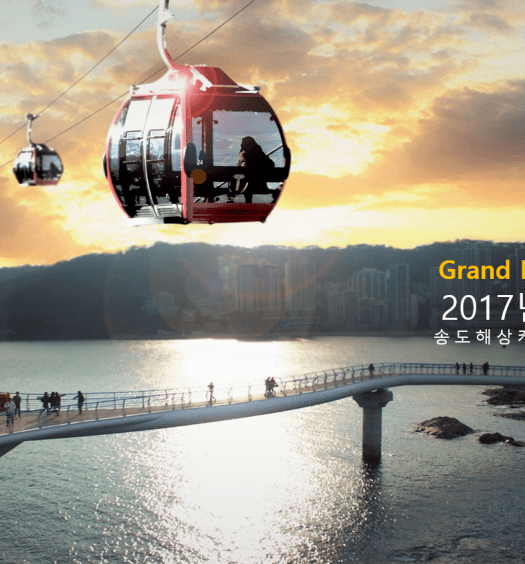As Korea’s largest island, Jeju has been the country’s favourite domestic holiday destination for years, thanks to its beautiful beaches, luxurious countryside and its famous theatre.
The Jeju Theatre is home to Nanta, a hugely popular South Korean non-verbal comedy show incorporating traditional percussion.
Now visitors to the facility can enjoy the show even more, thanks to world-class acoustics delivered by a range of APG loudspeakers.
Nanta premiered in Seoul in 1997 and has since been staged in 18 countries including in Broadway.
Run by PMC Production, the show is also performed daily in four Seoul theatres, making it the longest-running show in Korean history.
Built for Nanta performances exclusively, the 659-seat Jeju Theatre has welcomed over one million visitors since its opening in 2008 and was due for an audio upgrade to provide the best sonic experience to its audience.
The musical has a simple back story of three cooks attempting to finish preparing a wedding banquet within a strict time limit while the manager installs his incompetent nephew among the kitchen staff.
The show involves acrobatics, magic tricks, comedy, pantomime and audience participation.
Korean integrator Soundplace was appointed to refurbish the theatre with pristine audio. For this project, the theatre and auditorium specialist selected a full APG setup.
“For the Nanta shows, the traditional samul nori music is performed with improvised instruments such as cutting boards, water canisters and kitchen knives, so sound is at the very heart of this hugely popular musical,” said Sangwoo Do, CEO of Soundplace.
“PMC Production wanted to immerse the audience in the show in order to rejuvenate the experience.”
Grégory Dapsanse, marketing & business development director at APG, praised the quality of the integration. “Soundplace successfully achieved an efficient sound design and great tuning despite a big challenge,” he stated.
“In such a mid-size venue, the system has to be compact and discrete while providing enough SLP with large headroom to reflect the huge dynamic range from the percussions. Because of the nearby walls, the Uniline directivity control was critical to avoid reflections and ensure high intelligibility and sonic precision all the way to the last row.”

















